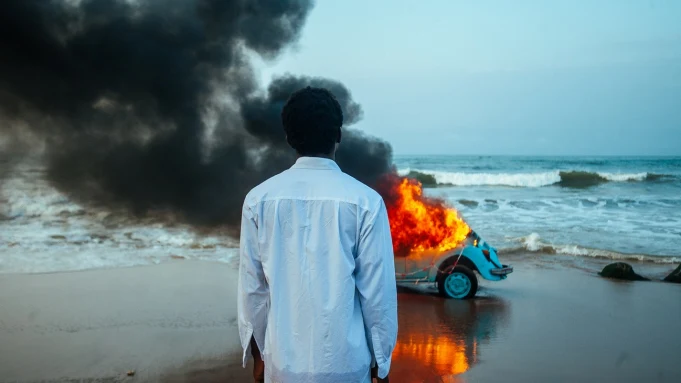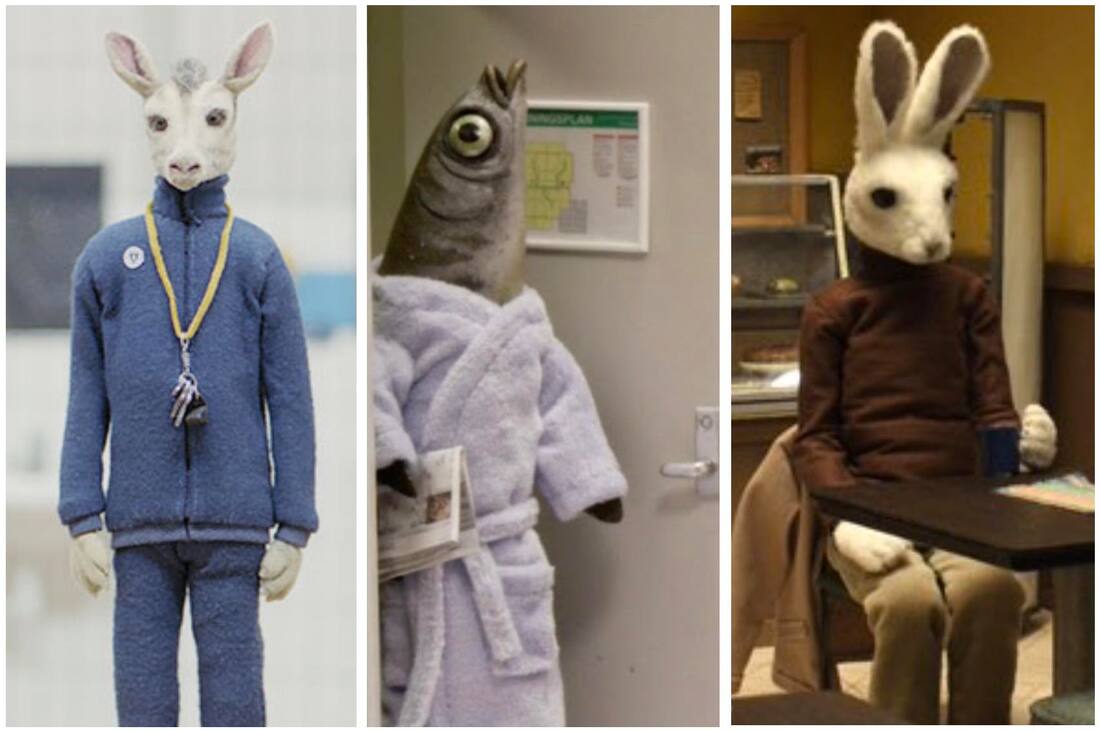
The Body Remembers When The World Broke Open blends form and function to create a compelling narrative whole. It's proof positive that the rules of filmmaking can be broken when given a context and meaning that allows for it. Ludwig Wittgenstein claimed that, “The meaning is in the use.” A pause in dialogue, a change of camera angle, an edit, all rely on their context to provide them with meaning. A gesture or technique is meaningful when it realizes a purpose.
The Body Remembers When The World Broke Open is all one continuous take, save the first ten minutes before the credits. It is not the only film to do this, but it blends this technique so well with its content that the viewer hardly notices the absence of edits. It is, of course, a tremendous challenge for everyone involved in the film. The Body Remembers When The World Broke Open has three separate indoor scenes, two car rides, and several outdoor scenes. Obviously, the filming is all hand-held and uses nothing but available light. Most of all, it relies on impeccable timing. It is a tremendous accomplishment just to get through it.
The acting falls primarily on just two actresses: Elle-Maija Tailfeathers as Áila and Violet Nelson as Rosie. The entire film hinges on the relationship and backstories of the two characters. Elle-Maija Tailfeathers is also a co-director alongside Kathleen Hepburn. They made this film in 2019 in Canada where they live. The cameraman was Norm Li.
The first ten minutes of the film we spend crosscutting between the two women who have yet to meet. We learn a bit about their respective lives before the credits roll, and the movie begins in earnest. As soon as they encounter each other on the street, the single shot begins. The film ends when they separate, and I found the separation all the more emotional because, as an audience member, I had spent as much time with these two women as they had with each other. Having the film be a single shot means that it happens in real-time. When the taxi they are in stops at a red light, we all stop and wait.

It is actually during these pauses between events that this movie really shines. The awkward silences, the glances, the waiting, is never boring, never slow. The narrative, the filming, and the acting conspire to keep us invested, projecting and thinking. We are ruminating on the difficult situation that Áila and Rosie are in. We ponder the options together. The camera often stays tight on the character’s faces. Rosie has a very dampened effect and mumbles through motionless lips, but there is no doubt about the roiling emotions and tangle of thoughts that are hiding beneath.
The tiny, in-between moments that are usually edited out of conventional films are very revealing. They show us a lot about the actresses, as well as the cameraman. It's in the unintentional mini-moments between things that we let our guard down. The way we open a door or wait in the hall carries special content.
To get inside a character’s head, too many movies use the crutch of a heavily reverbed inner voice that we can hear. It can be useful, but it closes down the interpretation both of the actress’s performance and the audience's understanding. If the filmmakers get it right, we should be in tune with the characters and not need the explicit representations of their thoughts to guide us. We look at Rosie’s head hung low with her hair over her eyes and we feel like we know what she is thinking. Áila is our point of entry. She thinks in relatively rational, predictable ways that allow us to easily understand her thinking process. There’s no need to literally tell us what they are thinking.
There is no lack of artifice in the movie. The scenes are carefully planned and there are well-placed devices to keep the scenes pointed and to maintain tension, but the craft is never the center of attention. All of this movie’s formal qualities are subsumed by the function they serve. This is a skillfully rendered film with a smart and insightful script. In its parts, it is a lesson in how to use technique to articulate a narrative. As a whole, it presents a moving story.

If you enjoyed this article click here for more
www.filmofileshideout.com/archives/the-balance-of-form-and-content-in-victoria



